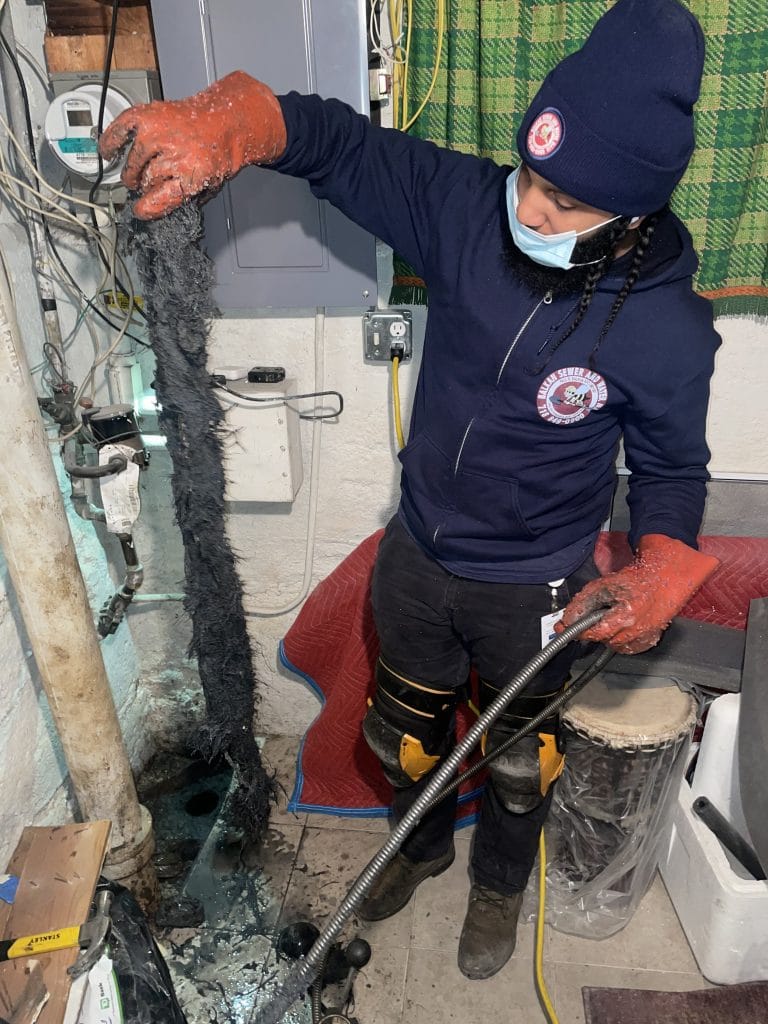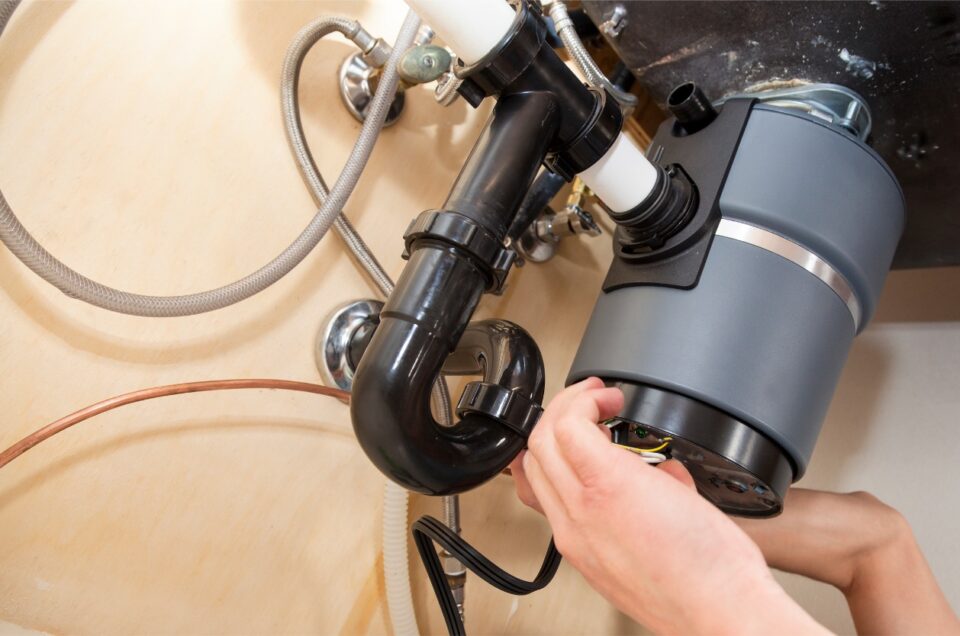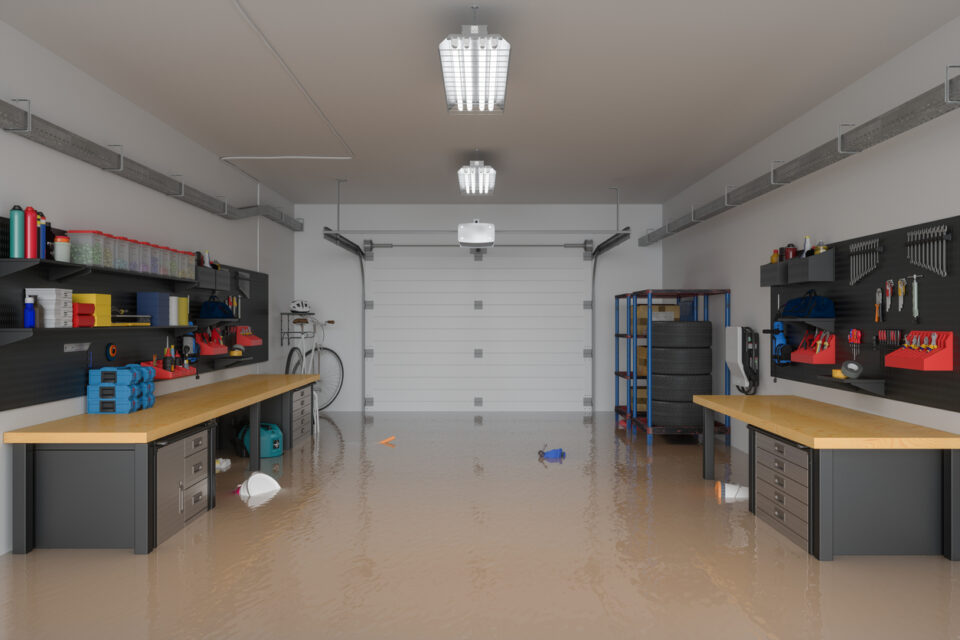If you’ve been living in a house long enough, you will find yourself dealing with some sort of plumbing drain problem sooner or later. If that is true for you, then you know a sewer snake is not a menace, but your friend! Among all the possible plumbing issues, a clogged sink or drain is one of the most common. You’ve probably done some preventive measures, but it is bound to happen at some point in time anyway. Fortunately a minor clogged sink is easy to repair, and you don’t even need to purchase an expensive specialty tool to get the job done. The ubiquitous sewer snake should cover your needs in most cases.
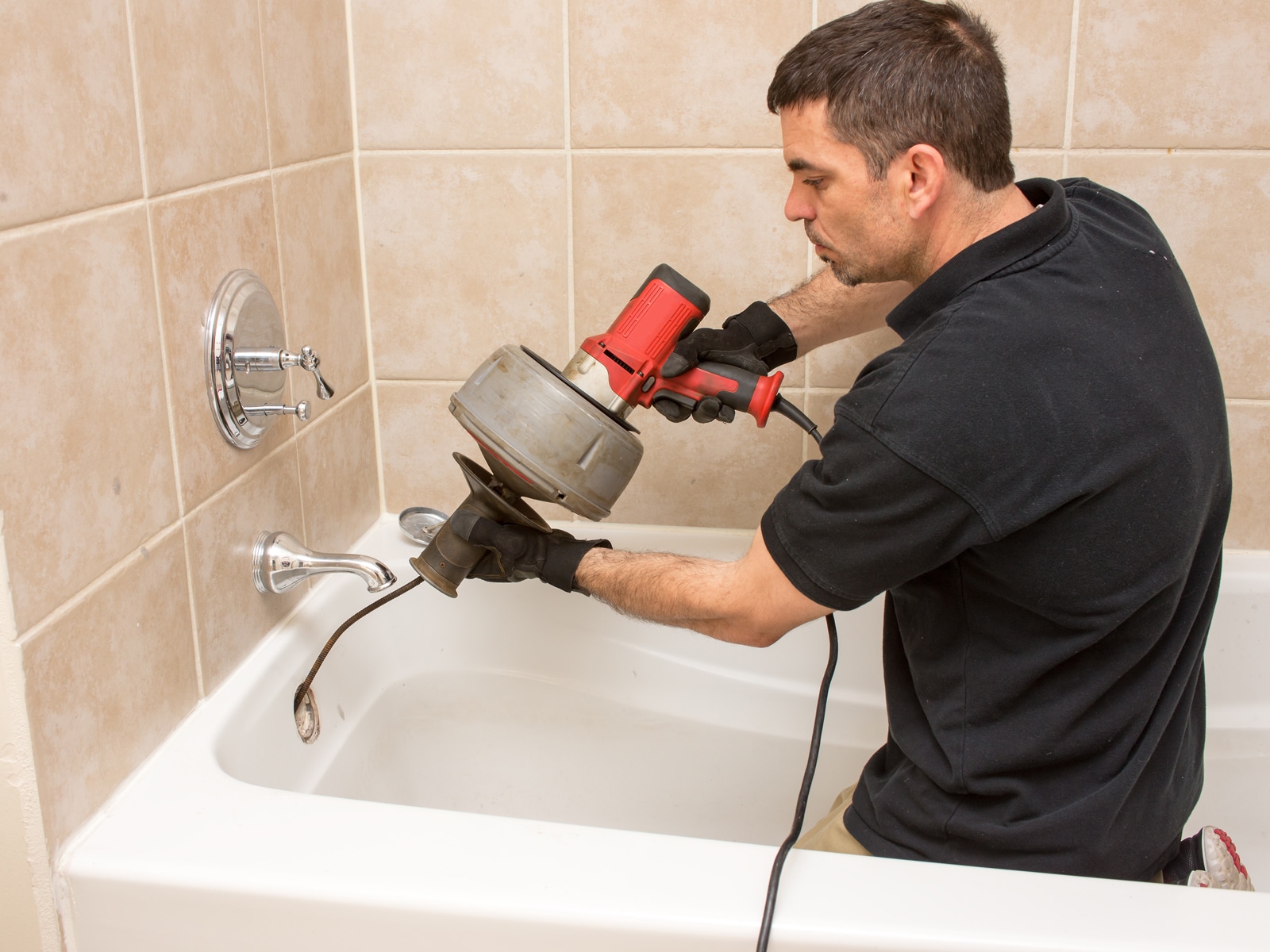
The Six Typical Types Of A Sewer Snake
In its basic form, a sewer snake (also referred to as plumber’s snake, snake auger, or drain auger) is a hand-operated drain-cleaning tool. It consists of a long flexible metal cable, and a crank, that allows it to reach a clog inside a drain pipe. It can either push the clog through the pipe or pull it out. A sewer snake comes in at least 6 different styles and types, as follows:
1. Cable Augers
This is the most basic form of a sewer snake. It is comprised of a flexible rod, a corkscrew attached to the end of it, and a handle or crank. It must be operated manually by turning the crank to push the rod out into the clogged pipe. As you turn the handle, the rod rotates and tries to grab the clog. You can continue pushing to let the rod pierce through the clog, or pull it back out. Either way, the obstruction is removed, and many clogs are solved.
2. Toilet Closet Augers
As the name suggests, toilet closet augers are designed specifically to tackle clogging in a toilet. While the mechanism remains the same with cable augers, the rod is relatively short and shaped in a way that it can navigate easily through toilet’s drain line. Manual and powered versions are available. This specialty sewer snake avoids damage to the porcelain finish on your toilet.
3. Drum Augers
One distinguishable feature of a drum auger is a circular container to store the rod. Also, this container helps to keep the rod more manageable, neat, and untangles. The rod is basically wrapped around inside the drum to prevent it from kinking and tangling. A drum auger often uses a rod of extended length, typically 50′. The length of the cable is not a problem thanks to the drum container. Unlike a manual closet auger, it is not designed for one particular application. Depending on the size and length of the cable, you can use a drum auger to unclog a kitchen sink, a bathroom drain pipe, and a toilet as well. Household wastewater systems such as showers and sinks use a small rod diameter of 1/4-inch, while external drains and other bigger pipes require a larger rod of 5/6-inch or a larger diameter.
4. Flat Tape Augers
The design is similar to that of cable augers, except the rod is replaced with a flat cable. It is mostly useful in smaller diameter pipes of 2 inches or less. Some models feature a spear point tip to push a blockage through the pipe. A flat cable is less flexible than a round-wire, but stronger and more rigid. You can use flat tape augers to get rid of a stubborn obstruction inside a pipe, typically sinks and wash basins.
5. Power Augers
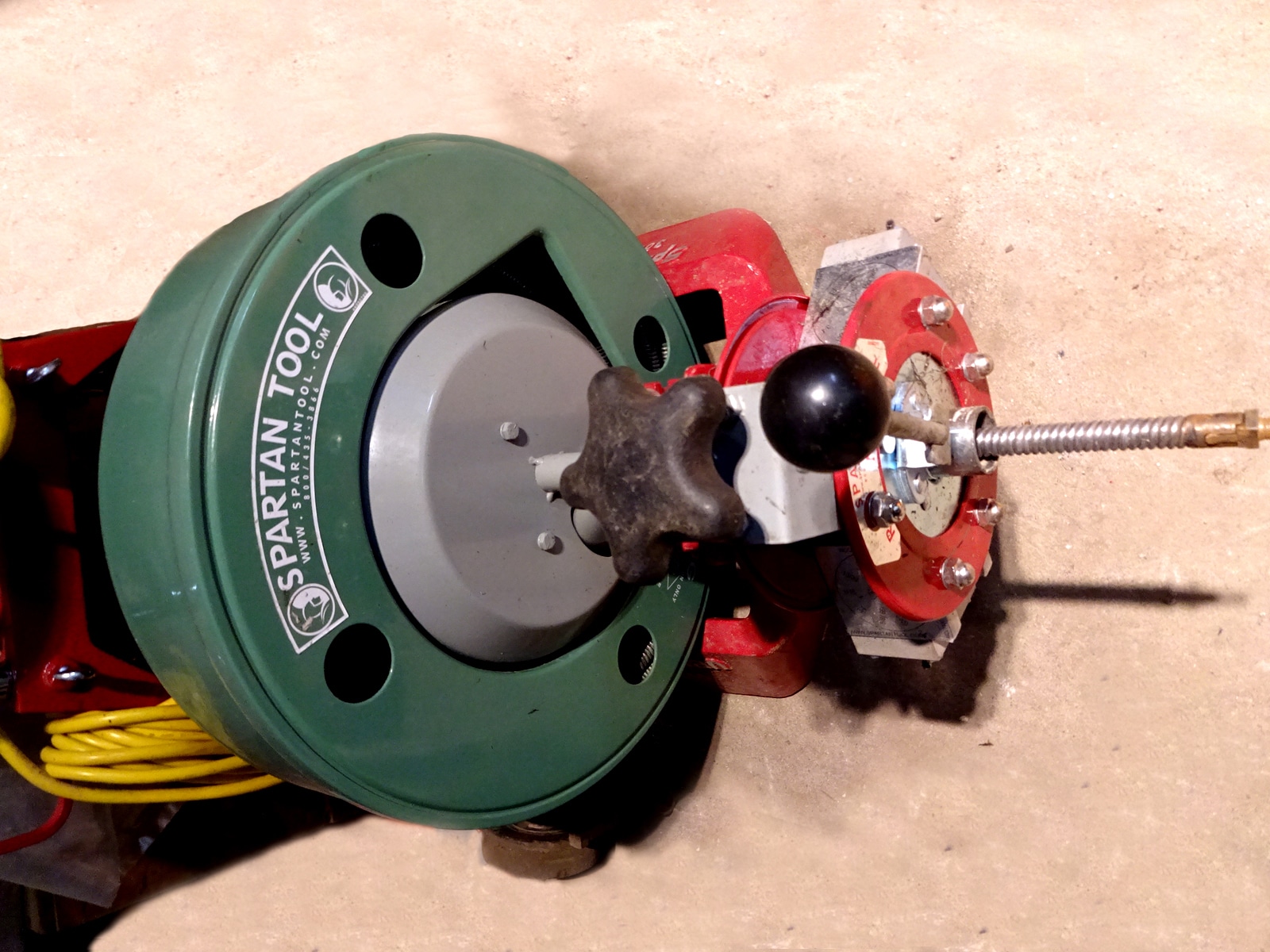
All the aforementioned sewer snakes are manually-operated. If you need a more powerful clog-removal action, power augers come highly recommended. These snakes have their own built-in motors, so there is no need to crank, turn, or twist the rod. Another good thing is that a motorized sewer snake can spin the rod at much faster revolutions, improving your chances of getting the entire obstruction grabbed, cut, and removed.
6. Rocket Nozzle Augers
The most powerful auger of all is the rocket nozzle type. Well, it is not necessarily considered an auger, but a small tube inserted into a drain pipe. You don’t need to turn, twist, or rotate a rod, as the tube will force high-pressurized water into the clog. The water can disintegrate even the most stubborn obstruction in a drain pipe, even tree roots. A rocket nozzle auger (some also call it hydro-jet, or water jet) is a professional-grade plumbing tool, and it can unclog even large pipes of up to 10-inch diameter.
The Big Four Sewer Snake Mistakes
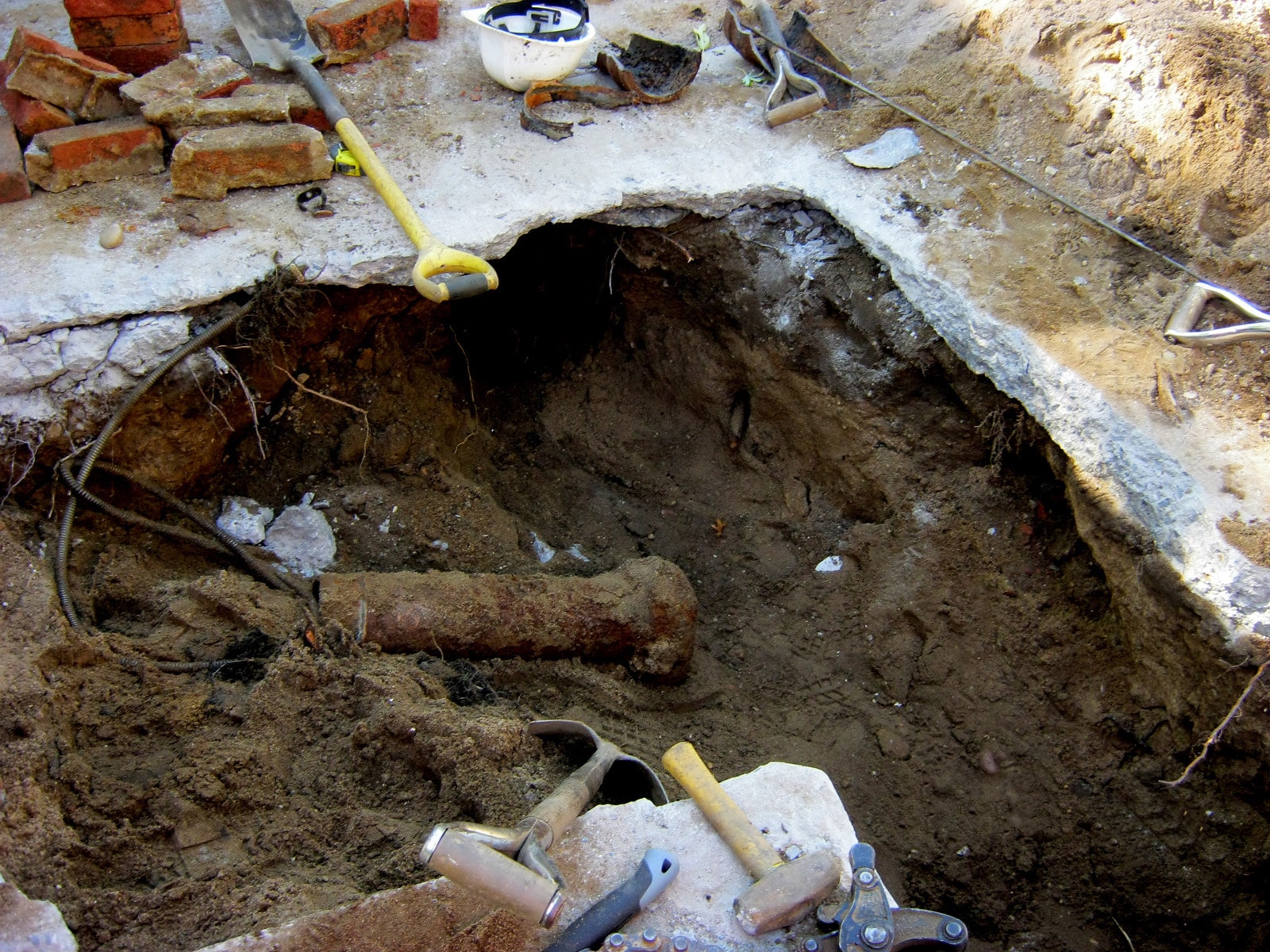
Many plumbing supply or hardware stores will tell you that a sewer snake is easy to use, and you don’t need a professional get rid of clogged pipe. Although all clogging issues appear the same, it takes a careful inspection to figure out the actual culprit before you try a remedy. A proper observation of the issue leads to proper problem-solving methods as well. Using a sewer snake is not actually that difficult as long as you avoid these common mistakes, and know your own and your tools limitations:
1. A Makeshift Sewer Snake Remedy
As previously mentioned, there are many different types of sewer snakes. Some are designed specifically for certain applications, while others can cover multiple tasks. If you don’t have the right auger for the job, do not simply use any auger that’s available in front of you. Improper tools can aggravate the damage after which you need to spend more money on more elaborate repair. In many cases using the wrong tool will cause it to get stuck inside your drain line. Once a snake is stuck it necessitates additional work, or an actual repair.
2. DIY Sewer Tools
Another common mistake is to bend a coat hanger and use it as an auger. It can do the trick sometimes, but you should not rely on this method. A coat hanger can get stuck inside the pipe, causing more damage to the plumbing than it was before. A coat hanger, or other such object, can also ruin the finish of your plumbing fixtures, be it stainless steel or porcelain.
3. An Attempt At A Forceful Repair Or Cleaning
While sewer snakes are designed to force the clog out, it is bad idea to keep on forcing the rod after multiple failed attempts. Older galvanized pipes are prone to scratches, and metal-on-metal actions can lead to cracks or breakage.
4. Damage To Porcelain Or Other Finished Surfaces
Careless use of a sewer snake will scratch your toilet bowl, or similar porcelain or stainless steel finished plumbing fixture. While you may clear your clog, you have also created more damage than you prevented. It makes your bathroom look bad, and leads to rust, and may even necessitate replacing the fixture.
A ‘Sewer Snake’ Conclusion
Sewer snakes or plumber’s snakes are effective tools to handle almost all cases of drain clogging. They are most effective when used by trained drain cleaning professionals. Experienced plumbers have dealt with hundreds (if not thousands) of drain clogging issues over many years, and they know just what to do in any situation. In many, if not most, cases you can avoid costly mistakes by calling a professional plumber to do the job correctly the first time. A professional drain cleaner typically ensures the clog will not reoccur, and give a warranty on their drain cleaning work. For instance, Balkan Drain cleaning gives a 90 day warranty on all residential drain cleaning. A professional drain cleaner will also carry an array of tools, augers, and cleaning heads. It is a rare occurrence when a professional drain cleaner does not clear your clog.

